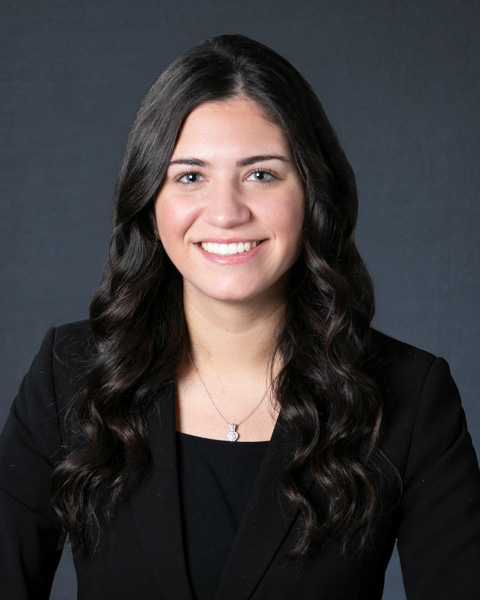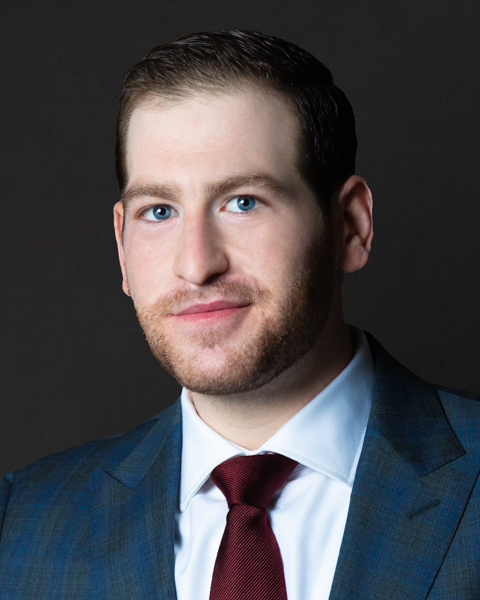By Adam C. Rogoff, Nancy M. Bello, and Gabriel Eisenberger (Kramer Levin LLP)



The interplay between reinstatement of funded debt and curing defaults was recently addressed by the Bankruptcy Court for the Southern District of New York in In re Golden Seahorse, where Judge Philip Bentley (a former partner in Kramer Levin’s Restructuring and Bankruptcy Department until his appointment to the bench) ruled that, in assessing the ability of the debtor to reinstate the prepetition mortgage debt and address the outstanding default interest, Section 365(b)(2)(D)—as incorporated by Section 1124—did not excuse the debtor hotel owner, Golden Seahorse, from paying default interest to cure its mortgage that was in default prior to the petition date. Accordingly, default interest was required to be paid to reinstate the debtor’s loan agreement as part of its plan of reorganization. See In re Golden Seahorse LLC d/b/a Holiday Inn Manhattan Financial District, Case No. 22-11582-PB (Bankr. S.D.N.Y. July 31, 2023). As discussed in more detail in our article, Judge Bentley’s analysis involved interpreting three Bankruptcy Code provisions: Sections 1123(d), 1124(2), and 365(b)(2)(D). Though this decision is on appeal, it is instructive on this issue and made timely by the current market and options for, among others, distressed real estate borrowers and the rights of their lenders.
Click here to read the full article.

Leave a Reply